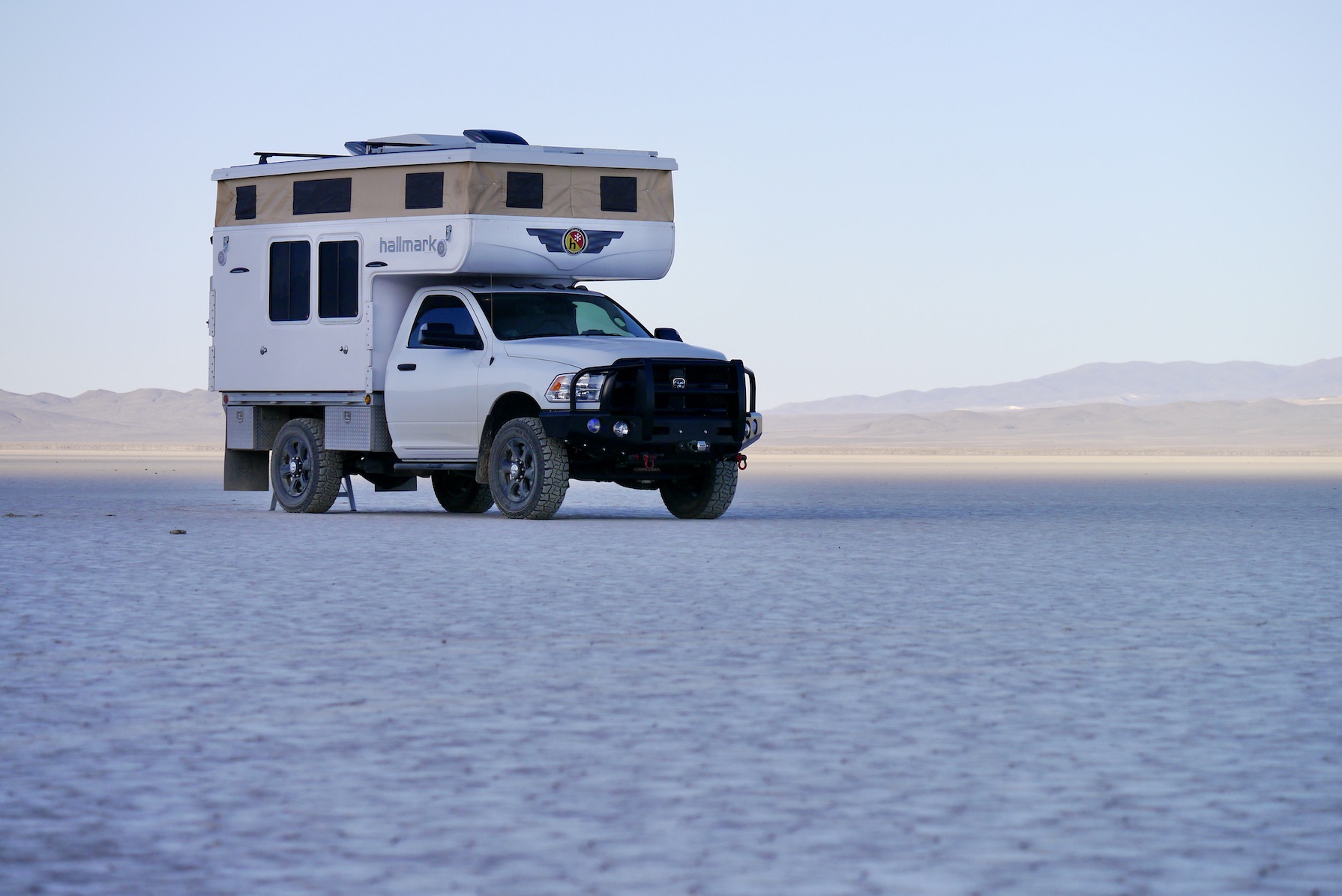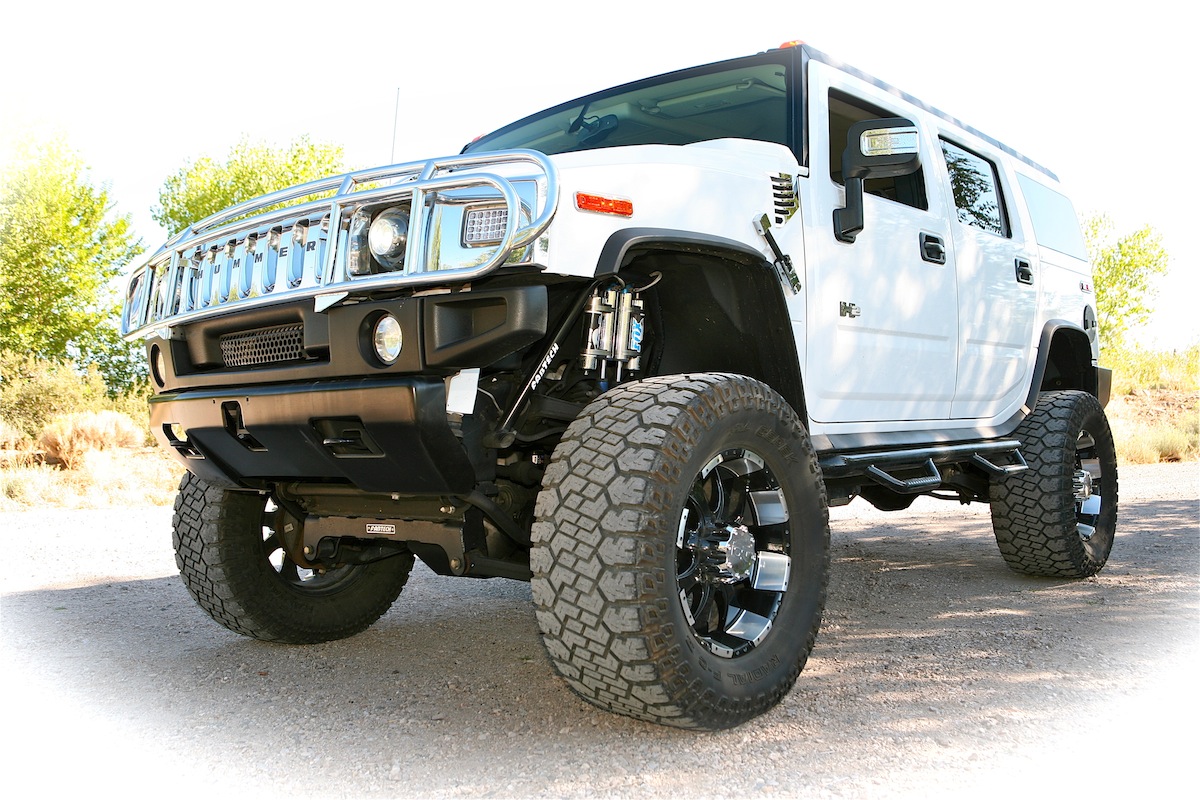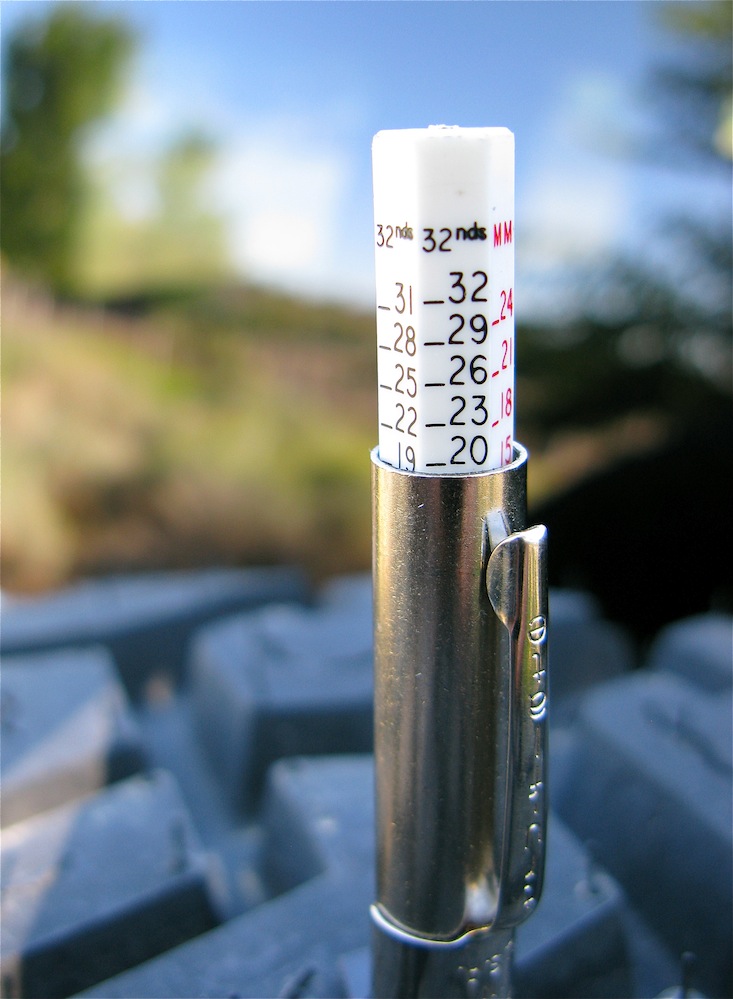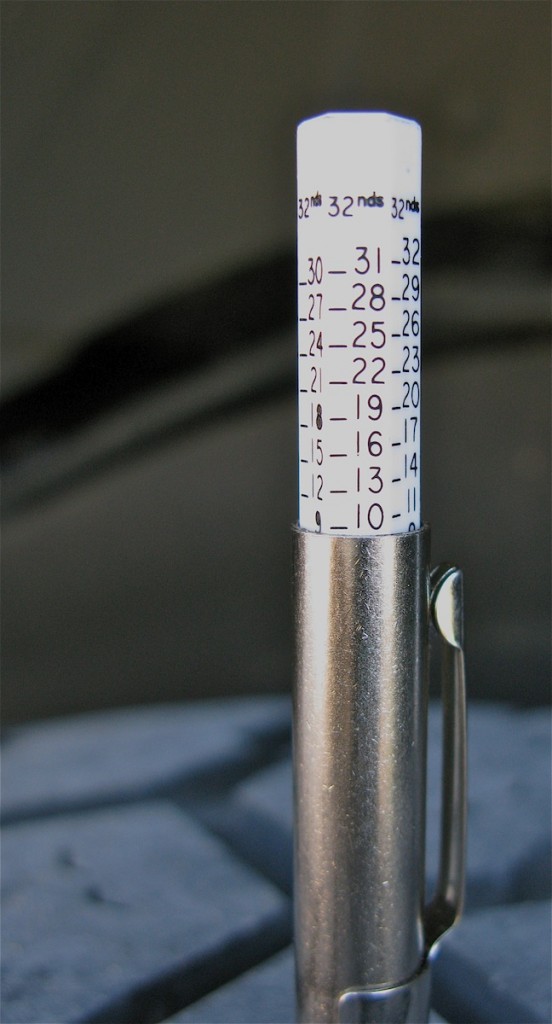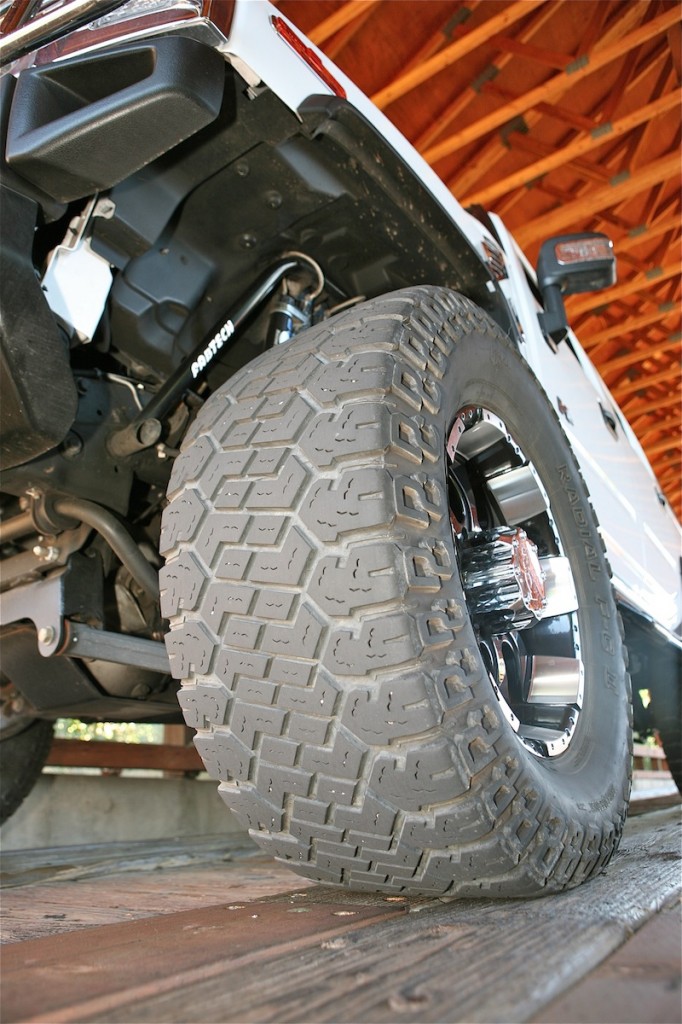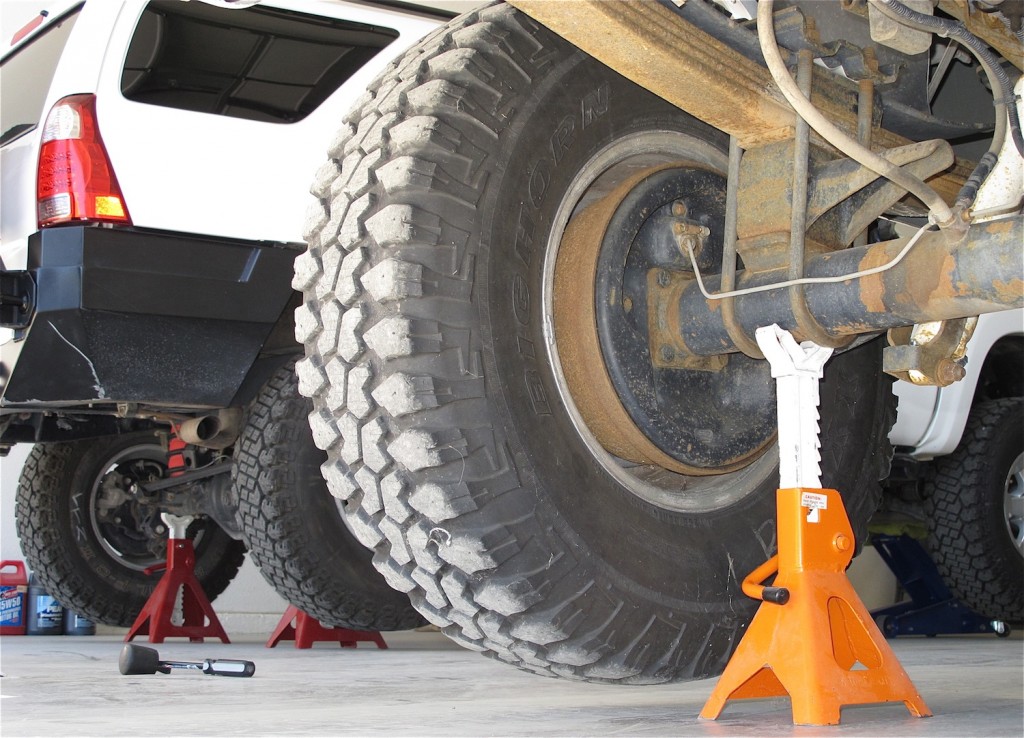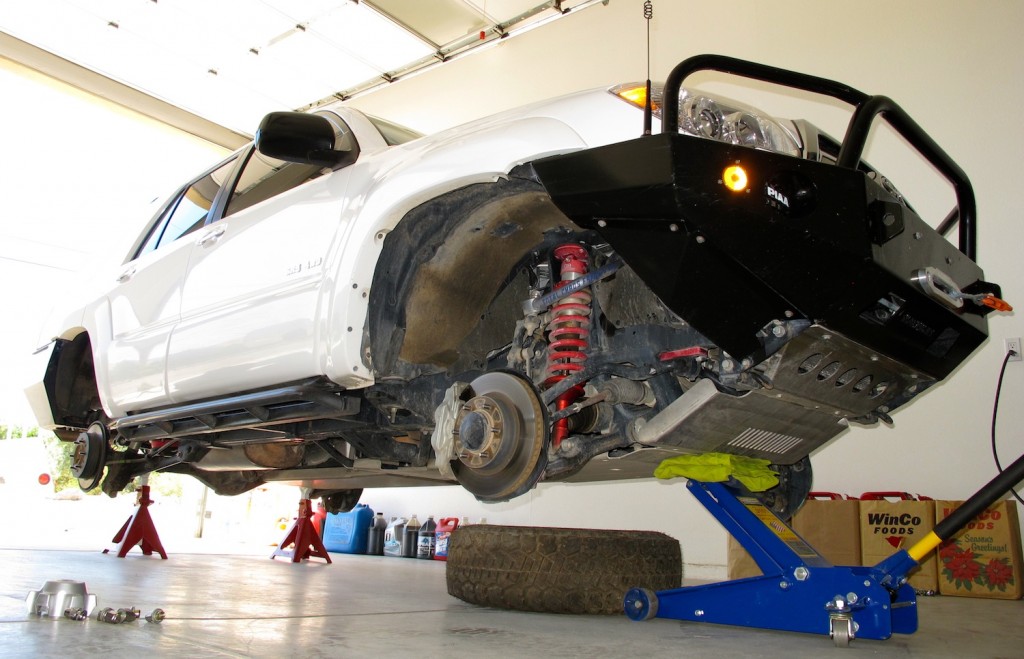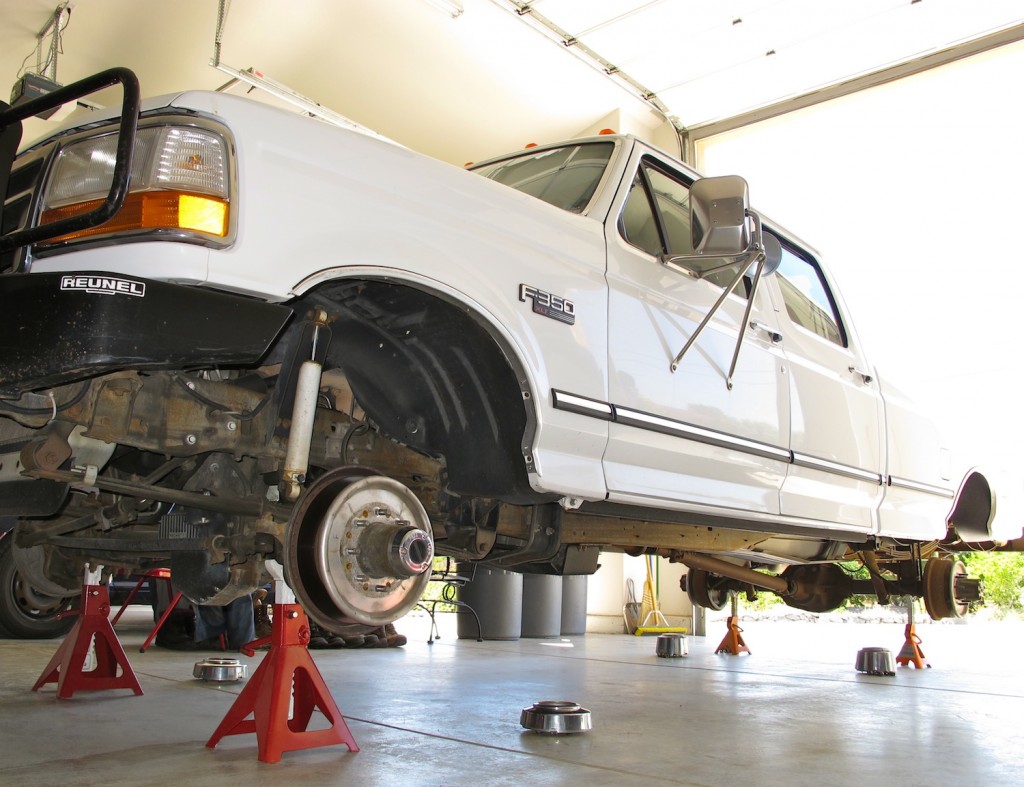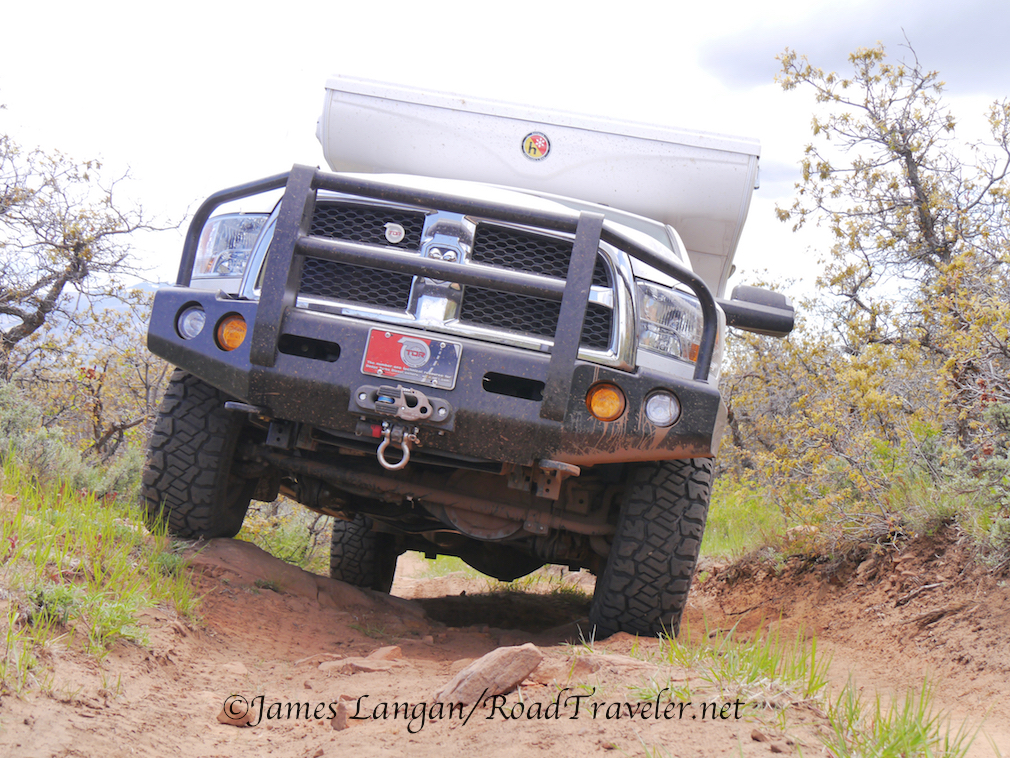
The Dick Cepek Fun Country
The Dick Cepek brand and the Fun Country tread: the names are icons. Mr. Cepek essentially started the aftermarket industry focused on enthusiast four-wheel-drives in the 1960s. Off-highway tires for the exploding Southern California and Baja desert scene were his initial product, before expanding to include shocks, tire-repair kits, jacks, and the other accessories that backcountry travelers needed and wanted.
At the time, the big rubber companies were content making very narrow and short tires for the OEMs, and were ignoring the burgeoning specialty market. Dick Cepek’s first offering was a farm-implement tread with a DOT rating, the Hi-Way Flotation, made for Cepek by Armstrong.
In 1978 Dick Cepek introduced the first Fun Country, a bias-ply design, which was huge by the standards of the day, 36” tall, 15” wide, made for 15” and 16.5” wheels. The first radial was introduced a couple of years later, and called the F-C.
Modern Versions
Since 2003, Cooper Tires has owned Mickey Thompson and Dick Cepek, but these brands are independently operated, and the relationship predates the acquisition by several years. Also in 2003, Dick Cepek introduced the F-C II, which advanced the cult following of both their brand and their unusual hybrid tread design.
Moderate noise, any-terrain traction, and winter grip have been consistent attributes throughout the generations of the Fun Country. My built and heavy 2011 Tundra project ran a set of 33” F-C II during most of my stewardship and thereafter with the new owner. They were removed after covering 47,065 miles, with 5.5/32” of the original 18/32” remaining, for an incredible 3,765 miles per 1/32” of tread depth.


The current Fun Country was introduced at the 2012 SEMA Show, where it won a Global Media Award. The tread and construction had been updated and improved, though the heritage was clearly visible, including the unusual shaped sipes (like little seagulls), which I’m convinced are part of the secret traction recipe. It was the first aftermarket tire I put on my 2014 Ram Carryall, which was covered in TDR87 (pages 91-92). They performed well but were removed to make room for larger rubber. After a couple years I circled back to the Dick Cepek Fun Country, choosing the much larger 305/70R18 size, 12.5” wide, and a bit over 35” tall.
More Void, Special Sipes, Premium Construction, Specs
Even a cursory glance at the Fun Country will communicate the traction potential. Not a full mudder, and proportionally less noisy (but not quiet), they offer substantially more void to handle sloppy conditions compared to typical all-terrain designs. The first Fun Country was probably the original hybrid design offered to the enthusiast market (decades before hybrid was in vogue), and the newest Fun Country leans toward the aggressive side of the category.

The Fun Country has copious siping for such a high-void tire, just like the previous versions. Every block has at least one of the unusually-shaped seagull sipes, and the bigger blocks have three. Like the tread blocks themselves, the sipes are placed at various angles, which provides biting edges in nearly every direction when compared to simpler designs.
The compound is more cut and chip resistant than the previous F-C II, all sizes feature three-ply sidewall construction and 18.5/32” of depth. The shoulder Sidebiters™ mimic the tread design; they are a whopping 6/32” deep and also have micro siping! Of course, the Fun Country is M+S rated.
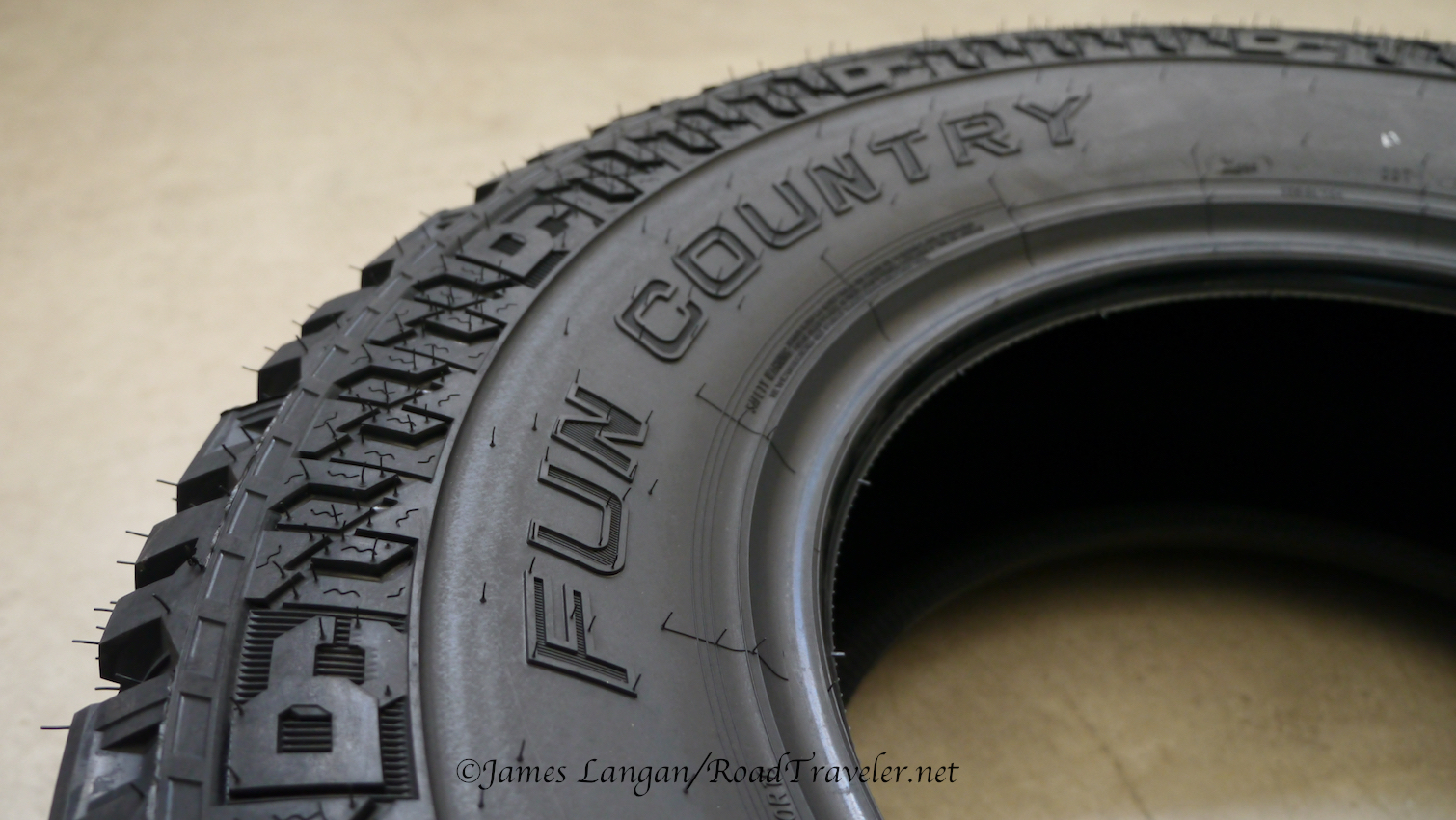

The 305/70R18 size is a bit wide for an 8-inch-wide wheel; 8.5” is the recommended minimum. I had zero problems with the 305s on factory aluminum 8” wheels, but some shops might balk at mounting this combination. With a load index of 126, and a 65-psi maximum, each tire is capable of supporting 3,750-pounds, with a speed rating of 99 miles-per-hour. My scale said they weigh 71-pounds each.
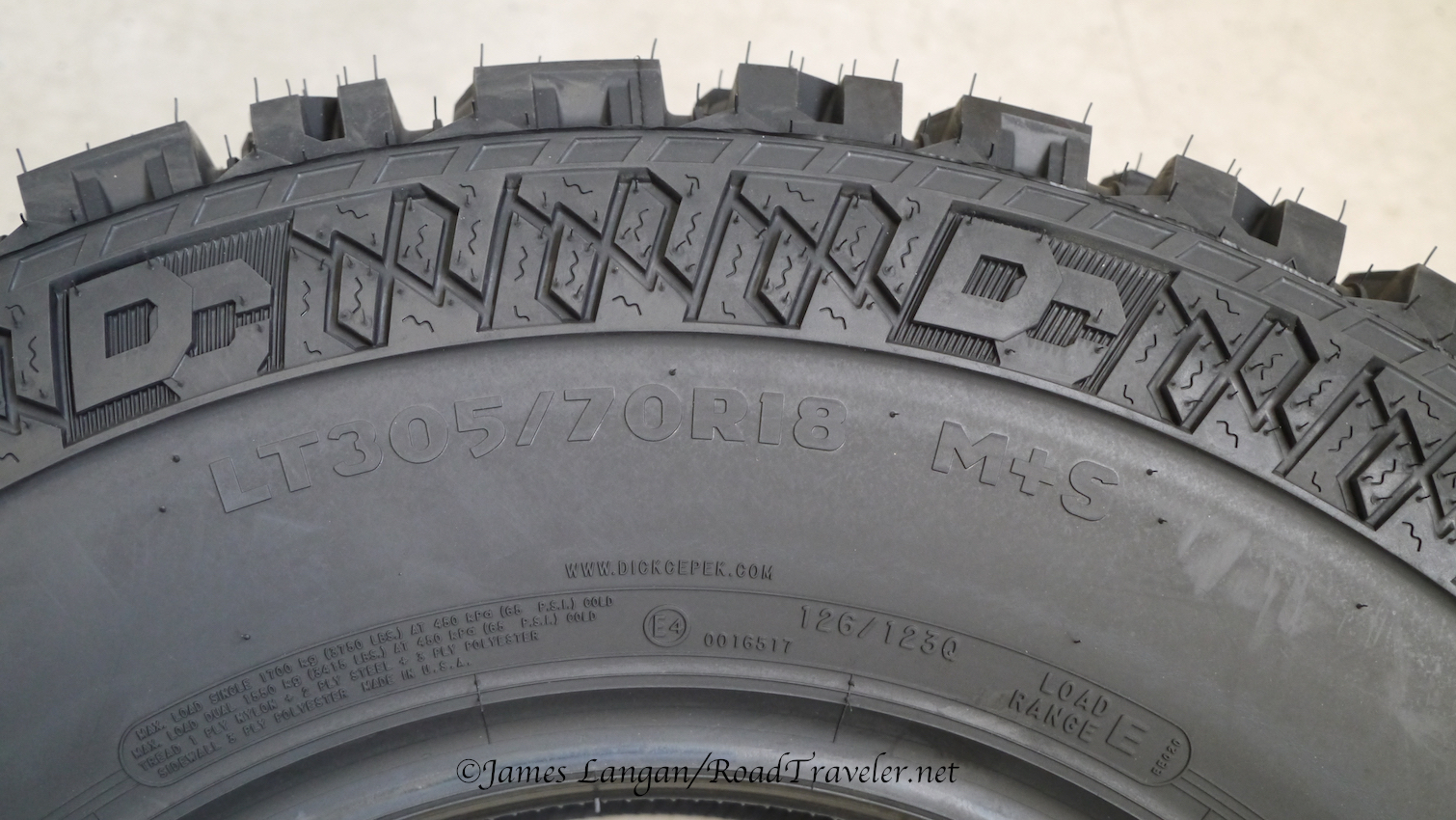
LT305/70R18 First Spin
Highway manners were excellent at all speeds. The 12.5” wide and 35.1” tall 305s are the tallest and widest rubber I’ve run on my Rams; they did not appear to extract a drivability penalty. The stock wheels keep the tires narrow and tucked under the fenders. There was some minor rubbing on the radius arms at maximum steering lock that removed a little paint (they just barely touched), but this didn’t cause any problems. If the occasional, slight rubbing is a concern, aftermarket wheels are a simple solution. Fourth Generation Rams handle larger tires extremely well. Both Ram 2500 trucks used to evaluate these meats have stock suspensions, not even a so-called leveling kit in front.
On- And Off-Road At GVWR
The 1,400-mile roundtrip highway drive from my home in Northern Nevada, to Flagstaff, Arizona, to attend 2017 Overland Expo West was pleasurable and uneventful. With a truck and camper gross weight of 10,000 pounds, the tires also delivered me to the Southwest for an annual backcountry excursion with a buddy after the show.
Several days were spent exploring and camping in remote places, with hundreds of dirt miles passing under the tread. We started adventuring at Monument Valley, advanced to the Valley of the Gods, and then drove deep into the Manti-LaSal National Forest northwest of Blanding, Utah. It was in this forest that I was able to really test some of the off-highway traction and self-cleaning attributes of the Fun Country.
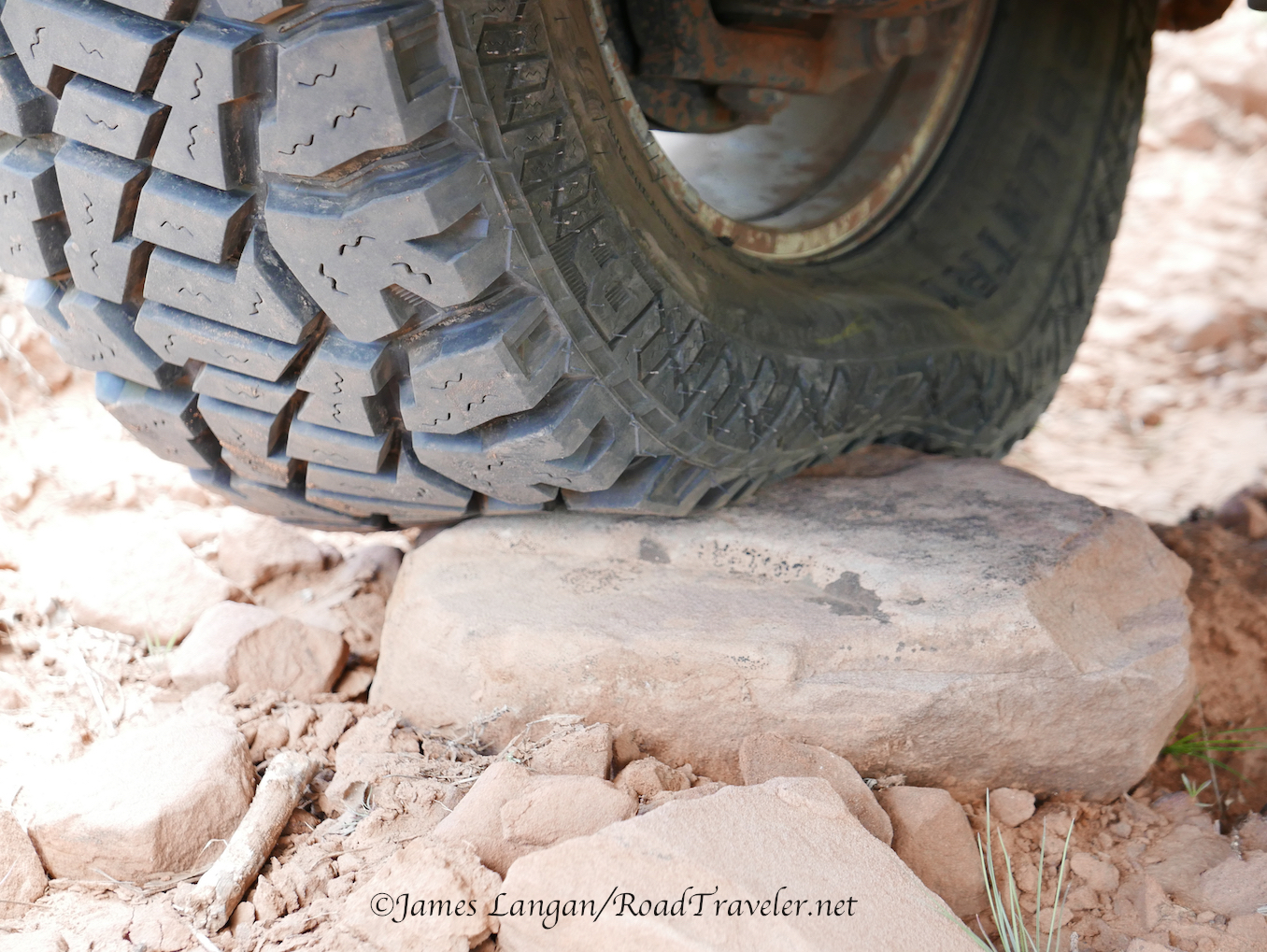
The trip was in late spring after a wet winter, and we headed for a camp at Deadman Point, 8,700’ above sea level. The shaded spur to this site contained numerous muddy puddles that were from two to several truck lengths long and several inches deep. This was not just a little bit of mud or water; the road often swallowing half of the 35-inch tall tires, submerging my White Knuckle Off Road sliders, scraping crossmembers along the bottom, and packing mud on the differentials.
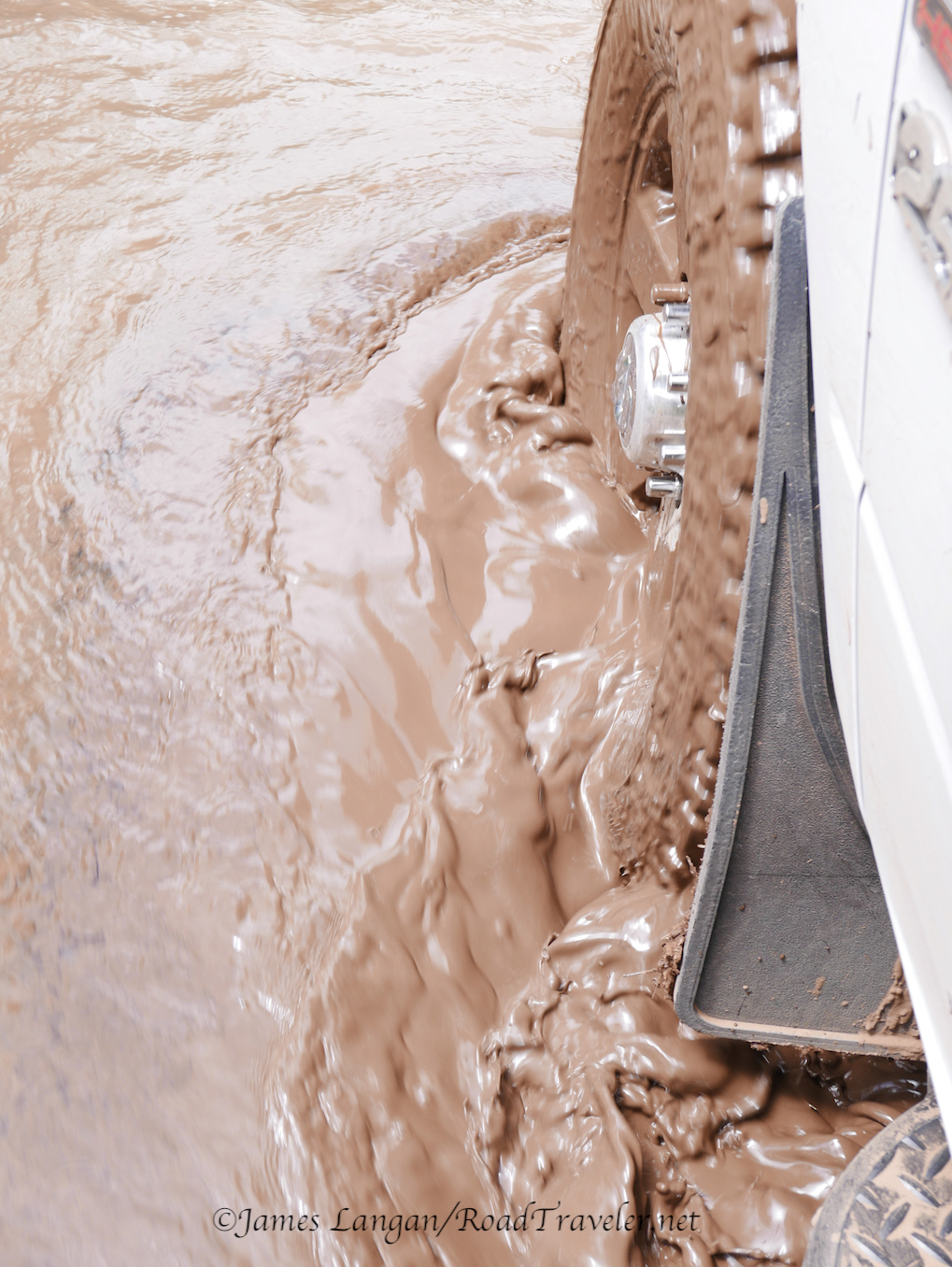
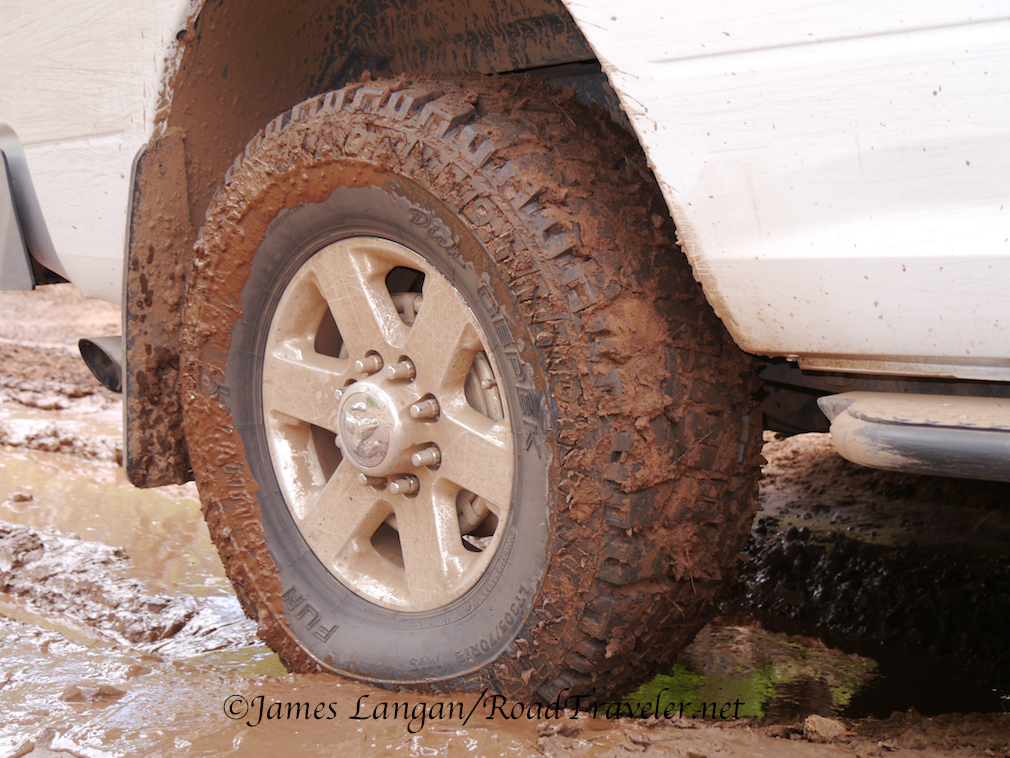
My preferred finesse driving, putting along in low range with minimal fuel from the skinny pedal, combined with the outstanding sloppy traction of the Fun Countrys, pulled me through all of the soft spots. There was no need to spin the tires to help clear the mud-packed lugs after each dunking. They self-cleaned easily at normal trail speeds over the dry sections between the muddy spots.
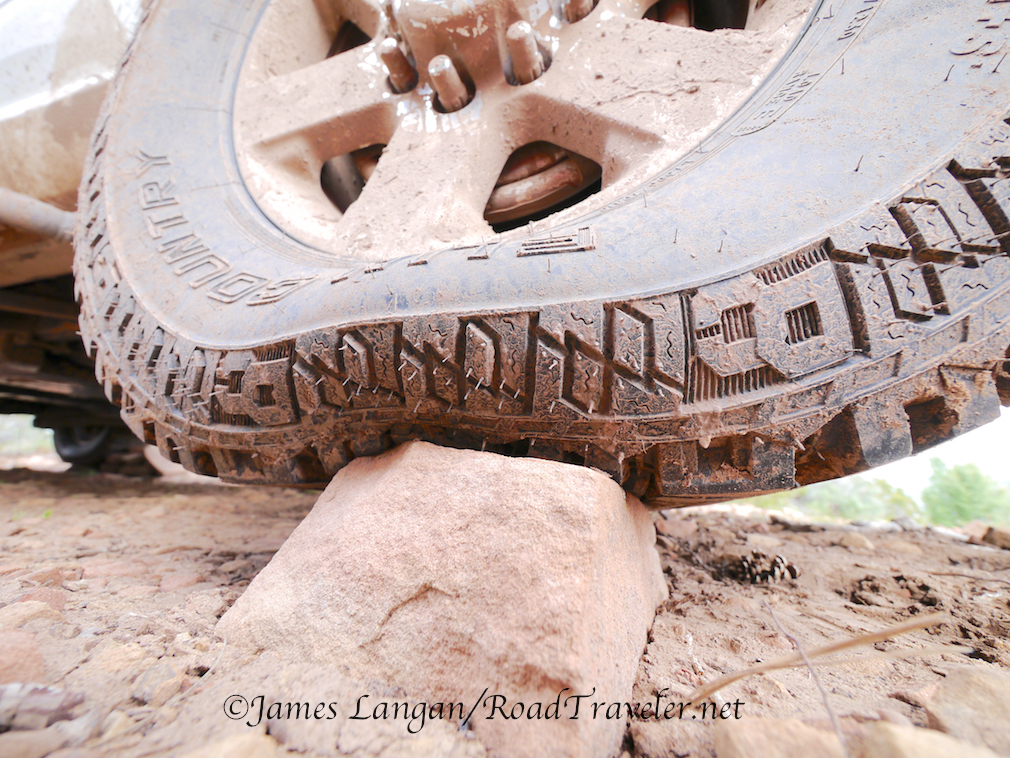
Long-term Wear
Evaluating longevity can be difficult. The same tread can offer vastly different wear on different vehicles, while the driver and conditions are also likely to skew results, often dramatically. My extensive experience evaluating tires on modern diesel pickups provides a solid foundation.
The weight, diesel torque, and manual transmissions on my rigs all contribute to rapid treadwear regardless of what’s mounted. More wear is typically seen on the rear axle, with much less on the front regardless of the brand or design. During the first 2,000 miles logged, including hundreds off-pavement, wear was an equal 1/32” on both axles. The even wear was atypical, but likely reflected the high percentage of highway miles.
To give this set of Fun Countrys a bigger daily driving challenge after duty on the 2014 Carryall crew cab, they were mounted on a 2016 Ram 2500 crew cab that sees much more commuting and personal-use city driving than my outfits. Harder starts, stops, and faster turning, generally contribute to increased wear compared to steady-state, long-distance travel. After another 12,000 miles, for a total of 14,088 miles, they were down an average of 11.5/32” (two at 12/32”, two at 11/32”). Regular rotations kept the wear even, just a hair over 2,000 miles per 1/32”. This is good for the application, duty-cycle, and aggressive tread deign. With the same 2016 Ram and driver, the OE Firestone Transforce HT lost 8.5/32” of their original 15/32” in 9,942-miles, a mere 1,170 per 1/32”!

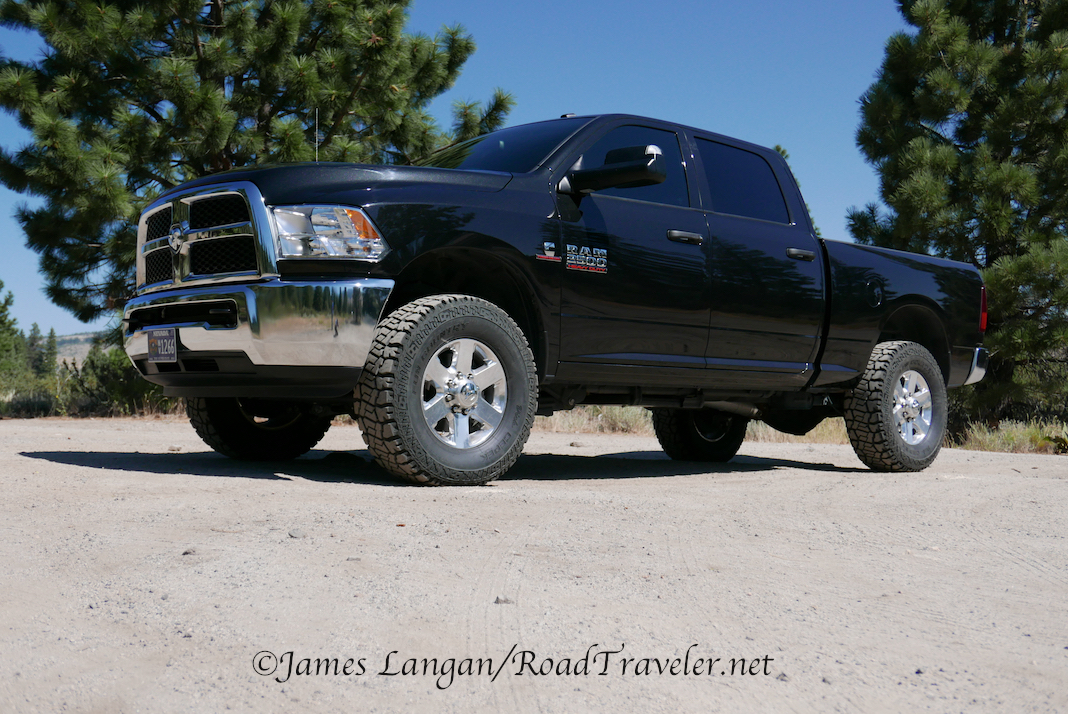
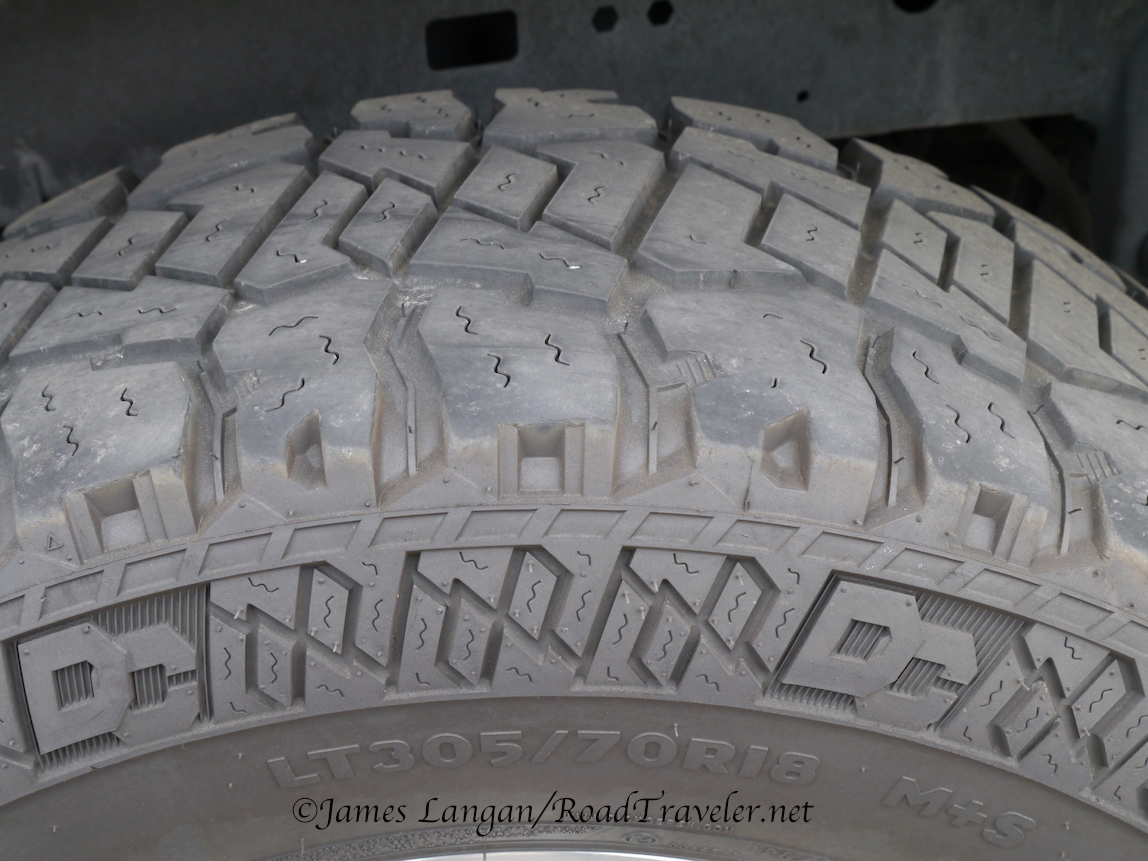
Most light-truck tires are better than in decades past, yet there are still differences in quality and function. The Deck Cepek Fun Country is a premium traction tire, Made In USA by an American company. The LT305/70R18 we tested are $312 each online from tirerack.com, an exceptional value.
The original and still one of the best, Dick Cepek and sister brand Mickey Thompson don’t advertise as much as some of the competition, though their truck tires are better than ever.
James Langan
Copyright James Langan/RoadTraveler All Rights Reserved.
A version of this article was also published in the Turbo Diesel Register magazine.
Source:
